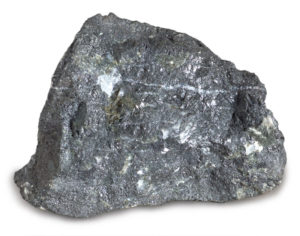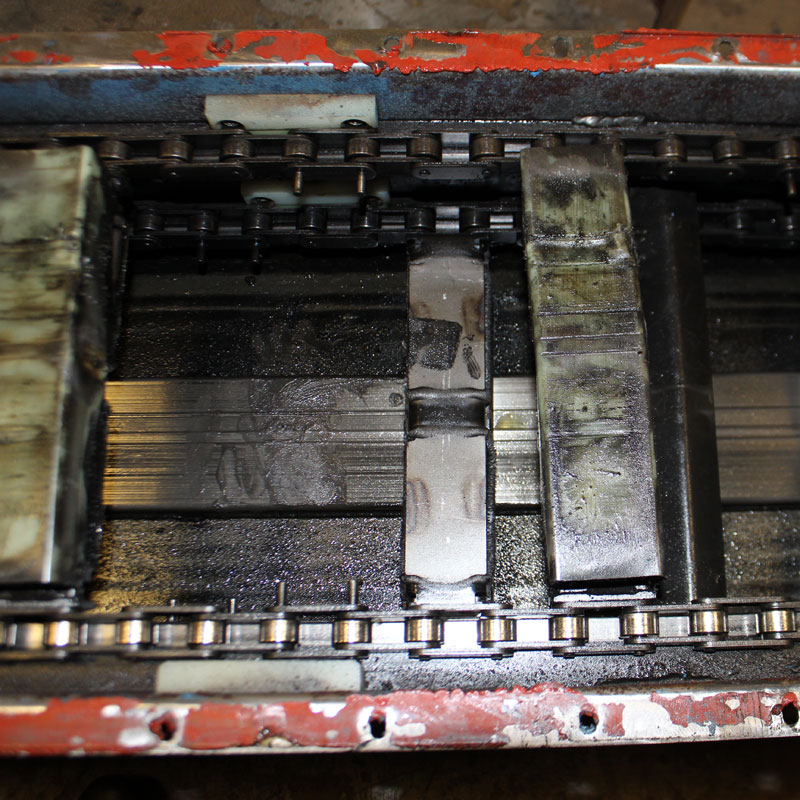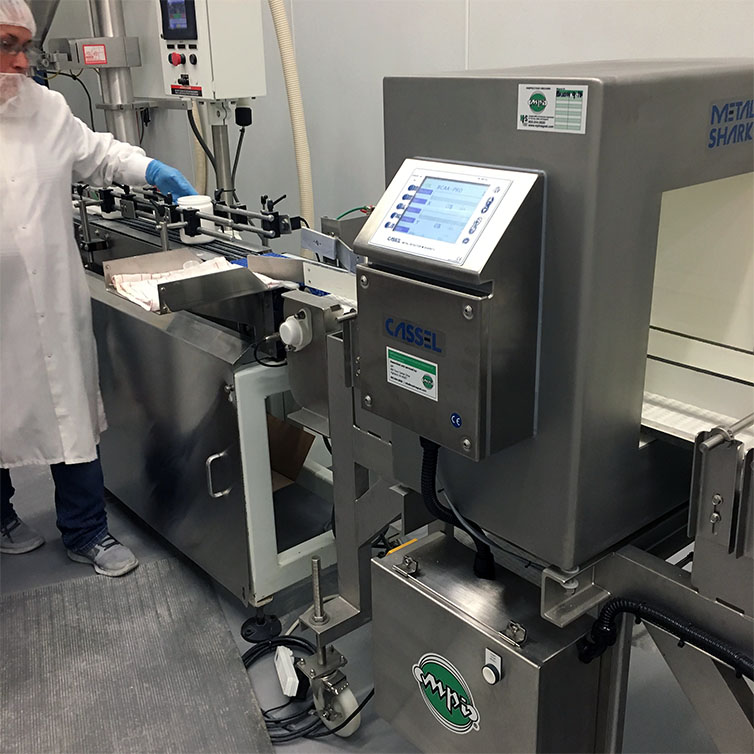Protecting and Moving the World Through Innovation
Protecting and Moving the World Through Innovation
Magnetism: History of the Magnet
 The history of magnetism dates back to the 600 BCE, where we find mention of Lodestone in the work of Greek philosopher Thales of Miletus. Early lodestone, found in the Greek region of Magnesia, Anatolia is where the modern name “magnet” is derived.
The history of magnetism dates back to the 600 BCE, where we find mention of Lodestone in the work of Greek philosopher Thales of Miletus. Early lodestone, found in the Greek region of Magnesia, Anatolia is where the modern name “magnet” is derived.
The earliest Chinese reference to “Lodestone” occurs in the 400 BCE in “The Book of the Devil Valley Master.” In this writing, Lushi Chunqiu, from the second century BC stated that Lodestone makes iron come to it or it “attracts” it. By the 12th century, the Chinese were using Lodestone compasses to navigate.
In 1600 English Scientist William Gilbert was the first to investigate magnetism using scientific methods. Gilbert conducted many experiments with his model of the Earth (called the terrella). From his experiments, he argued that the center of the Earth was iron and that the Earth was, in fact, a magnet and this was the reason that compasses point north, and not due to Polaris (the pole star) or a large magnetic island.
Early theoretical investigations into the Earth’s magnetism were studied by Carl Friedrich Gauss.
The modern understanding of the relationship between magnets and electricity began with Hans Christian Orsted in 1819. Orsted, a Professor at the University of Copenhagen, discovered by accident that an electric current could influence a compass needle.
By the 1930s scientists had produced the first Alnico magnet. By 1966 the first Samarium-Cobalt magnets were produced with an energy capable of 18 MGOe and were refined to be able to achieve 30 MGOe by 1972.
In 1983 joint research between General Motors, Sumitomo Special Metals and the Chinese Academy of Sciences developed the first 35 MGOe magnet out of Neodymium, Iron and Boron which also comprise the body of today’s 52 MGOe magnets.
Today’s rare earth magnets are used in almost every technologically advanced device.
Magnetism: Magnetic Materials in Use Today
The most common magnetic material in use today are Ceramic, Alnico, Samarium Cobalt, and Neodymium. Each is made up of different elements used for different applications.
CERAMIC |
Ceramic magnets are made from Iron, Strontium or Barium, and Calcium, the majority being Iron. They are typically used in primary magnets where we are looking for tramp that has more mass, and therefore are more easily attracted by the magnetic field, as well as holding on to. Ceramic magnets are also sometimes used in high-temperature applications where standard rare earth magnets cannot perform.
|
ALNICO |
Alnico magnets are manufactured from Aluminum, Nickel, Cobalt, Copper and Iron (Al, Ni, Co), the majority being Iron. These are seldom used in applications other than at very high temperatures (up to 1000F). |
RARE EARTH MAGNETS |
Rare Earth Magnets are not called “rare earth” because it is difficult to find the material to make them. Quite the contrary, the material is abundant worldwide. They are referred to as “rare earth” because the elements Neodymium (Nd) and Samarium (Sm) used to make the material fall under the “Rare Earth” portion of the periodic Table of Elements.
|
SAMARIUM COBALT |
Samarium Cobalt magnets are made from Samarium, Cobalt, and Iron, with the majority of the material being Iron. They are typically used in higher temperature applications where the strength of rare earth magnets is still needed. They have a higher Curie temperature than does Neodymium but are also costlier to manufacture. |
NEODYMIUM |
Neodymium Magnets are made up of Neodymium, Iron and Boron, with the majority being Iron. They are the strongest and most affordable type of rare earth magnet used. While they have the highest magnetic field strength, they have a lower Curie temperature and are more vulnerable to oxidation than Samarium Cobalt magnets. Corrosion causes the material to crumble into a powder, losing their magnetic properties. |








